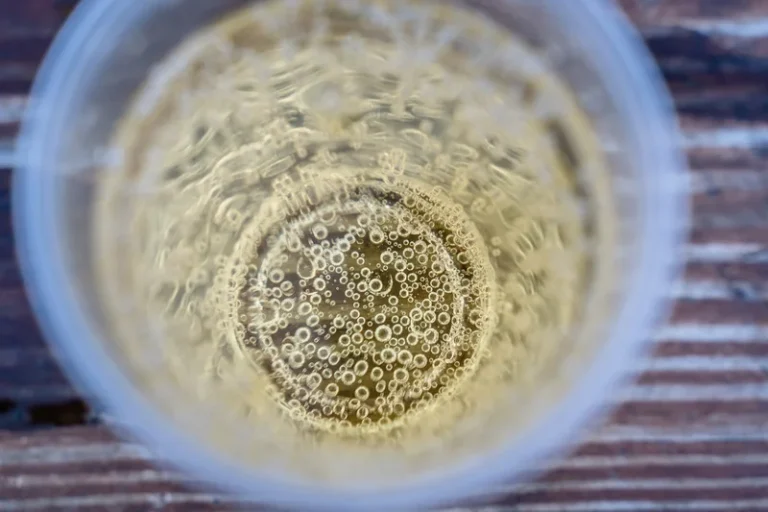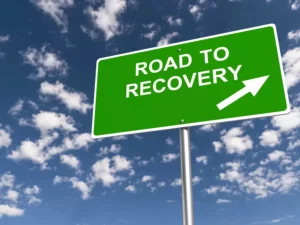
While heavy alcohol use can trigger insomnia, the opposite is also true. People with insomnia have an increased risk of developing alcohol use disorder, potentially because many individuals turn to alcohol as a sleep aid. The typical sleep cycle begins with three non-rapid eye movement (NREM) stages of sleep and ends with rapid eye movement (REM).
- This form of REM rebound cannot explain theincreased REM in those who have been abstinent for a long time, relative to controls.
- Sleep apnea is a common disorder that causes breathing to repeatedly stop and restart during sleep, affecting the amount of oxygen your body gets.
- In a 2018 study, researchers found that alcohol increases this risk by 25%.
- Cortisol rhythms show no evidence for disruption early in withdrawal or two tofour weeks post drinking in two studies (Mukai et al.1998; Fonzi et al. 1994).
- “Alcohol can also cause headaches, dizziness, and a dry mouth due to fluid loss.
FAQs about alcohol and sleep
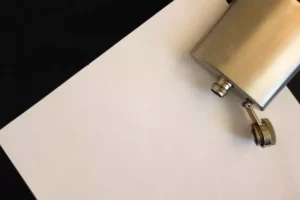
Laboratory based polysomnographic studies of abstinent alcoholics typically show apattern of sleep disturbance with increased wakefulness consistent with self-reports ofpersistent sleep disturbance common in this population. Sleep efficiency is a simple indexof the proportion of the time in bed spent asleep and thus a polysomnographic marker ofgeneral sleep quality. Alcohol may also exert some of its effects on insomnia and alcohol sleep by influencing the circadian rhythm. The circadian rhythm is responsible for keeping the body anchored to a 24-hour cycle. As part of this 24-hour cycle, the body releases a hormone called melatonin to prepare us for sleep in the evening.
Alcohol and Sleep: 96% of Alcoholics Have Sleep Issues Like Insomnia
His research and clinical practice focuses on the entire myriad of sleep disorders. During recovery, the brain is relearning to cope with stress and pleasure without the influence of alcohol. As a result, these dreams may be a sign of psychological withdrawal, as the mind works through cravings, habits, and underlying triggers.
0 Familial predisposition for alcoholism effects on sleep?
- In contrast, sleep latency was not correlated with alcohol consumption level.
- Conversely, another study failed to find a difference in PLMI between those with AD in early recovery and controls (Le Bon et al., 1997).
- Alcohol and sleep are interrelated—alcohol use can cause sleep issues and sleep issues may contribute to alcohol misuse.
In terms of sleep problems, men were more likely to report sleeping less than 7 hours per night than women (63.7% men compared to 54.4% women). However, women were more likely to report trouble falling asleep (69.6% compared to 49.5% men) (Table 1). Over the https://ecosoberhouse.com/ thirty years follow up, women generally reported more chronic sleep problems than men (Table 2). More than half the women studied reported trouble falling asleep, waking tired, and/or waking several times a night.
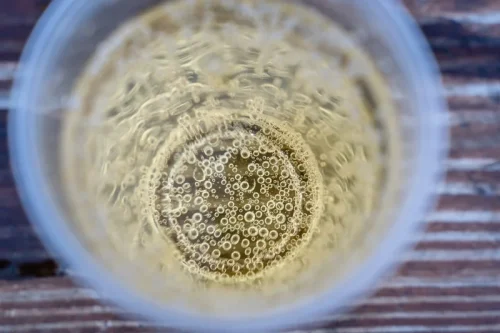
It also considers ways to manage insomnia and prevent sleep Sober living house disruption and answers some frequently asked questions. Binge drinking or excessive alcohol consumption is likely to negatively impact sleep more than light or moderate drinking. Because alcohol’s effects vary for each person, even small amounts can worsen sleep quality for some people. It’s common for someone who’s alcohol-dependent to experience long-term sleep problems since insomnia and other sleep disorders are typical symptoms of alcoholism. During the second half of the night, sleep becomes more actively disrupted. As alcohol is metabolized and any of its sedative effects dissipate, the body undergoes what scientists call a “rebound effect.” This includes a move from deeper to lighter sleep, with more frequent awakenings during the second half of the night.
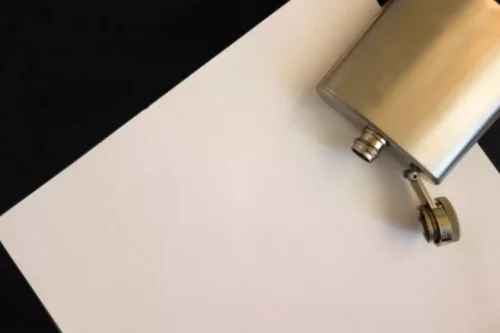
For instance, we used self-reported alcohol consumption data and self-reported sleep data and therefore these measures may be at risk of reporting bias. The population may not be representative of all older adults in the UK and it is unlikely that the full spectrum of drinking behavior is represented. However, the mean consumption is similar to that reported in representative studies, such as Health Survey for England and English Longitudinal study of Ageing22. Another limitation is that we were not able to capture fully patterns of consumption in terms of binging. Drinking appears to have differential effects on sleep depending on chronic versus acute dosage18 Our cut-offs for drinking exposures and sleep problems are largely arbitrary and it is possible to other subtle relationships are masked. Findings using self-reported sleep can only support the hypothesis that alcohol impacts on underlying sleep architecture (for example reduction or suppression of REM sleep), which would need to be confirmed by overnight polysomnography sleep studies.
